Knights Armament Folding Micro Rear Sight – 200-600 Meter Adjustable
KAC’s line of Backup Iron Sights are currently in use by the United States Army, Marine Corps and numerous law enforcement agencies worldwide. The highly versatile 200-600 Meter Folding Rear Sight features a finger-adjustable, rotating drum that enables shooters to engage targets from 200 to 600 meters with both speed and accuracy.
Specifications:
Material: Steel
Elevation Adjustable: Yes
Windage Adjustable: Yes
Zeroing Tips:
25/300 Meter Zero: Place a target 25 meters down range. Turn the rear sight drum to the “Z” setting and fire a 3 round group(s). Adjust the front sight post and rear sight windage knob until the desired point-of-aim/point-of-impact is achieved. If possible, turn the rear sight drum to the “3” setting and confirm zero at 300 meters. 50/200 Meter Zero: Place a target 50 meters down range. Turn the rear sight drum to the “2” setting and fire a 3 round group(s). Adjust the front sight post and rear sight windage knob until the desired point-of-aim/point-of-impact is achieved. If possible, place a target 200 meters down range and confirm zero.
Note:
Once zeroed by one of the above methods, the rear sight’s 200, 300, 400, 500, and 600 meter range marks may be used for engaging targets at those distances. However, because the range markings are averaged between rifle and carbine barrel lengths, the exact point-of-aim/point-of-impact sight settings may differ a click or two for a given rifle. If possible, fire your rifle at known distances and record your exact + or – clicks for each range. The rear sight’s intermediate clicks between major range markings may also be used to engage targets at ranges such as 250 meters, 375 meters, etc.

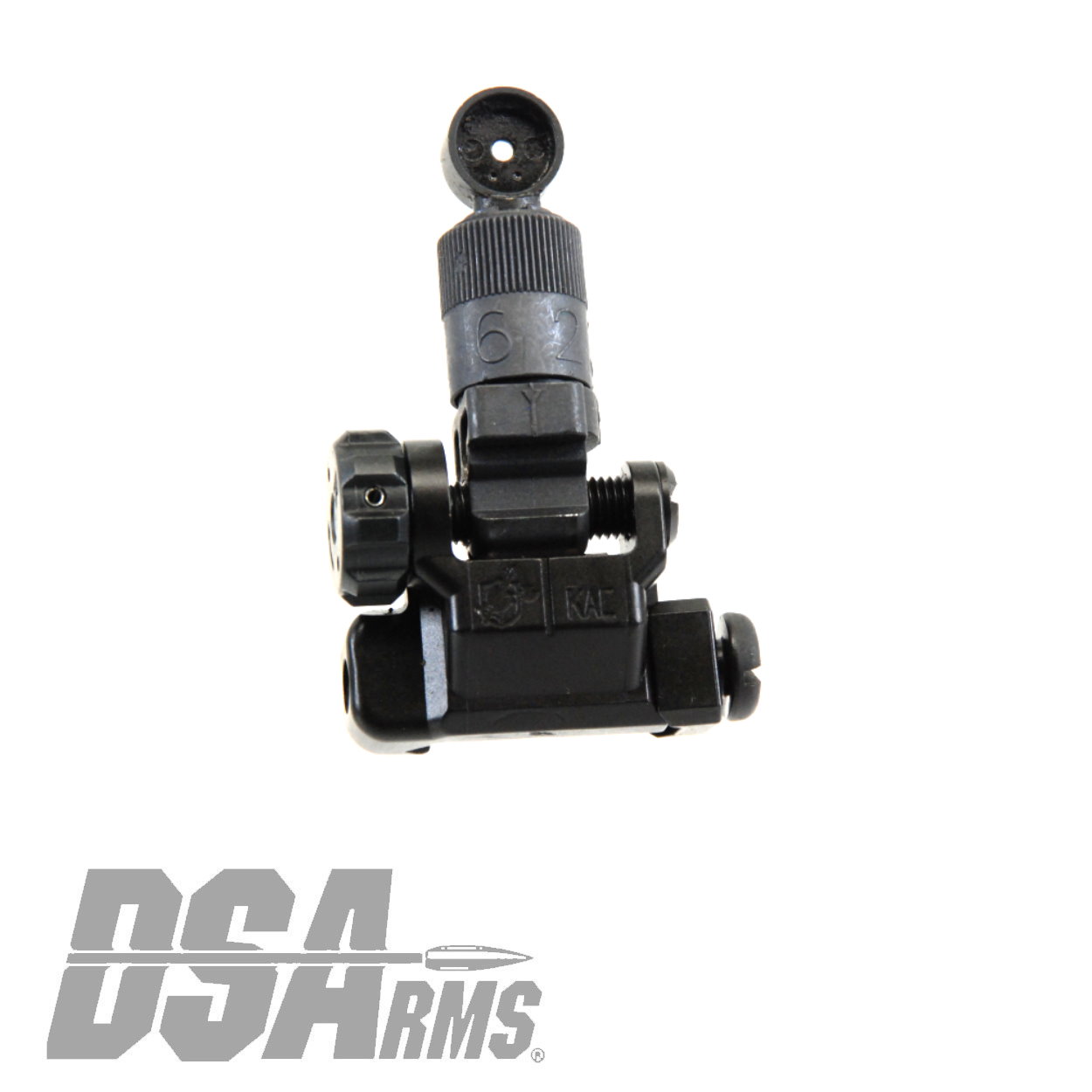
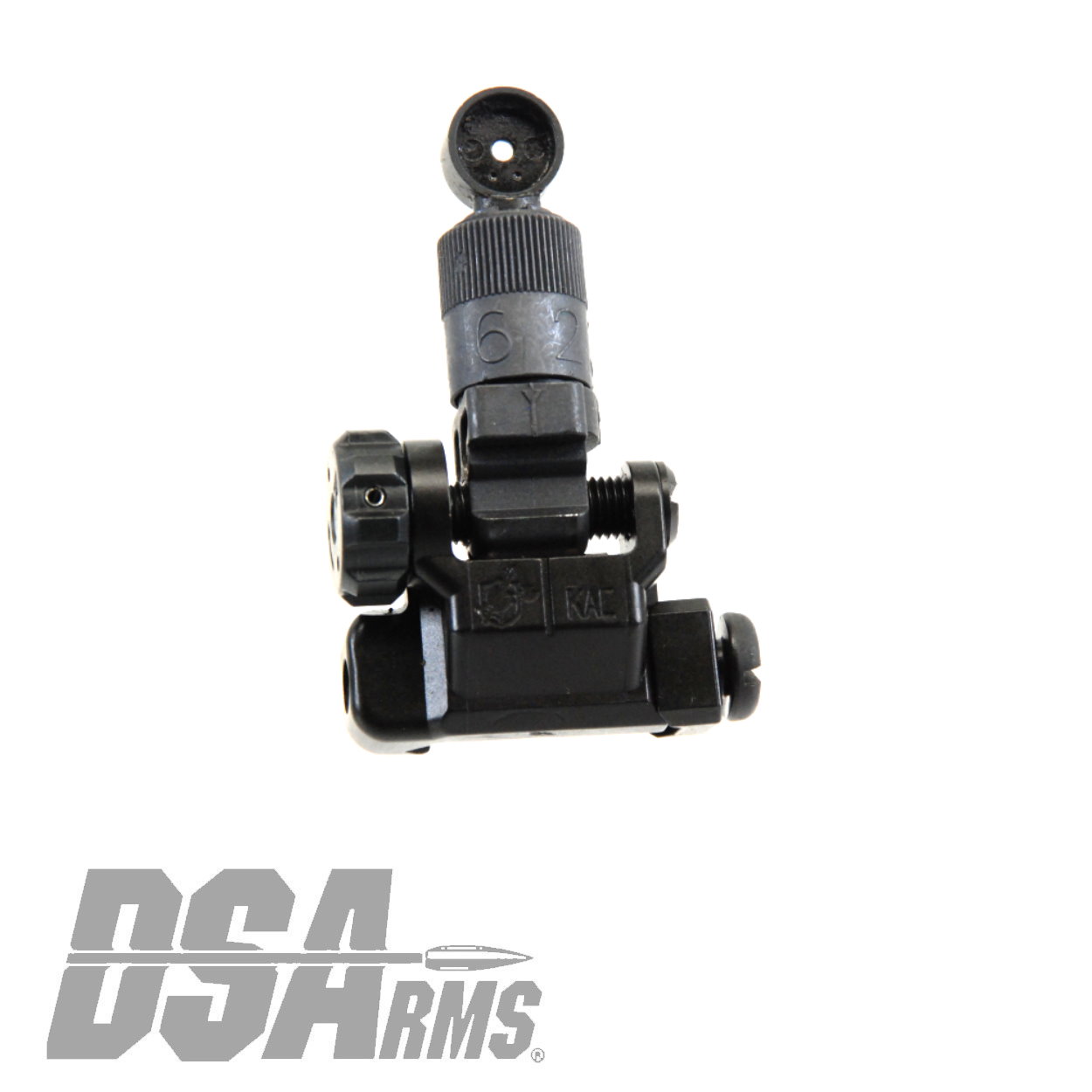
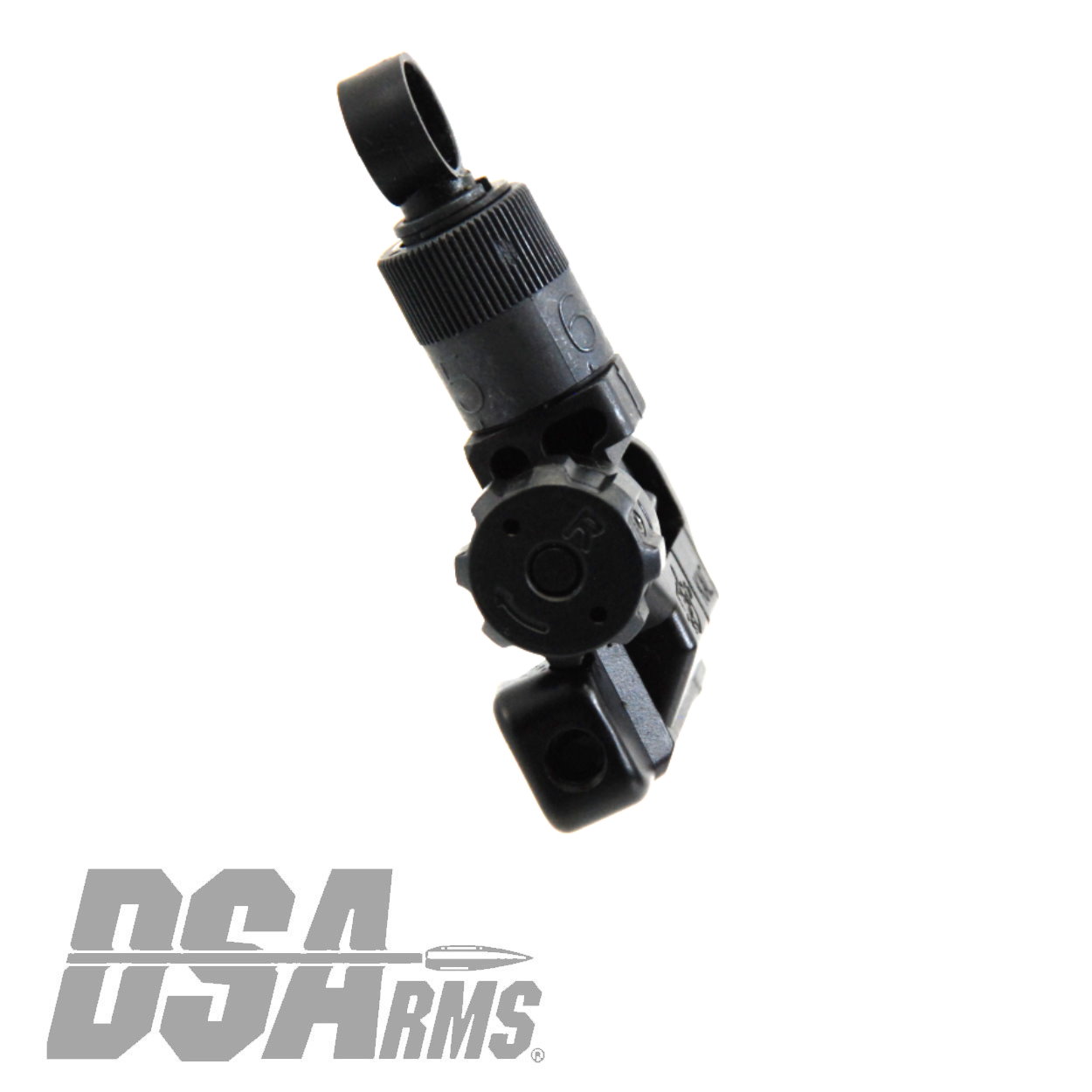
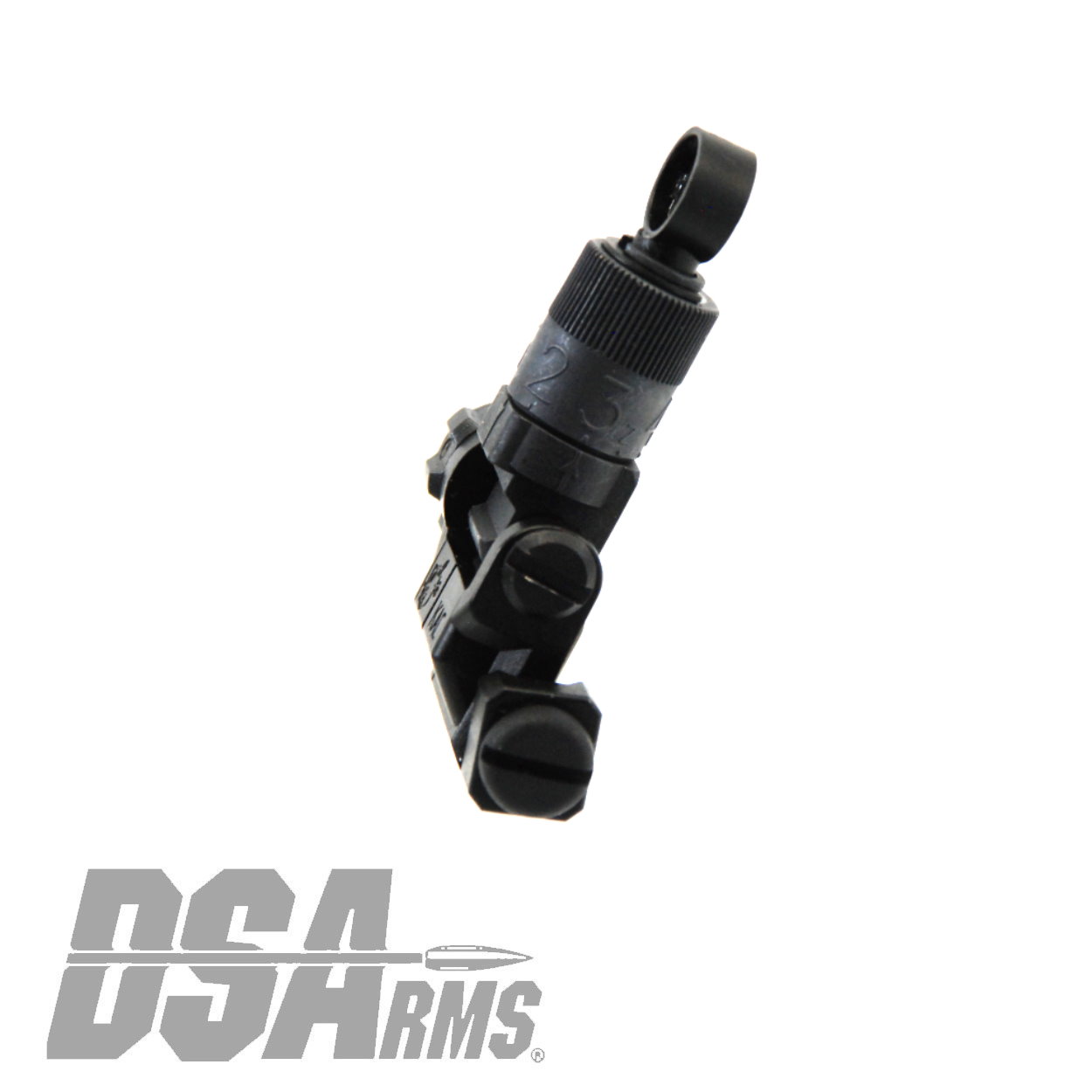
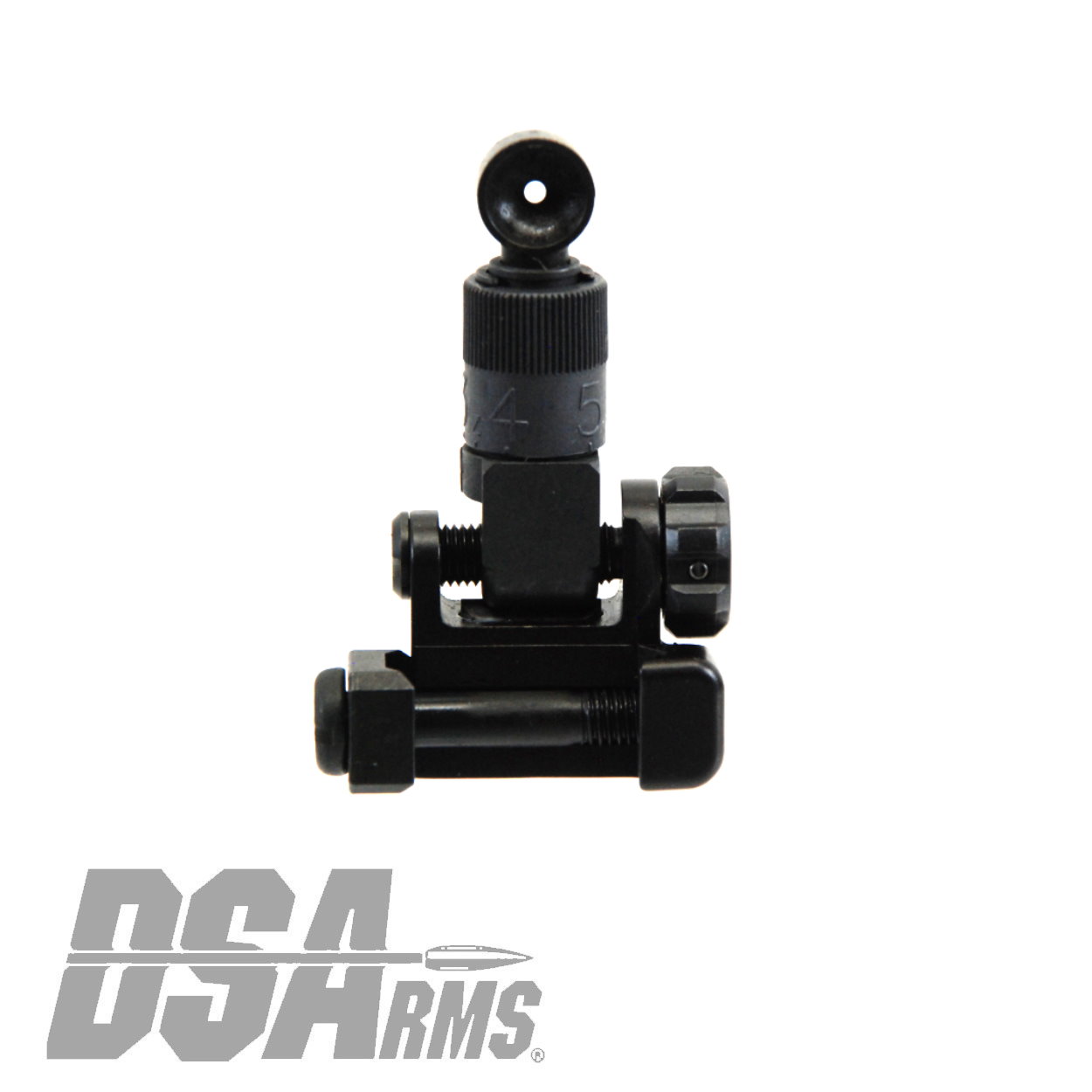
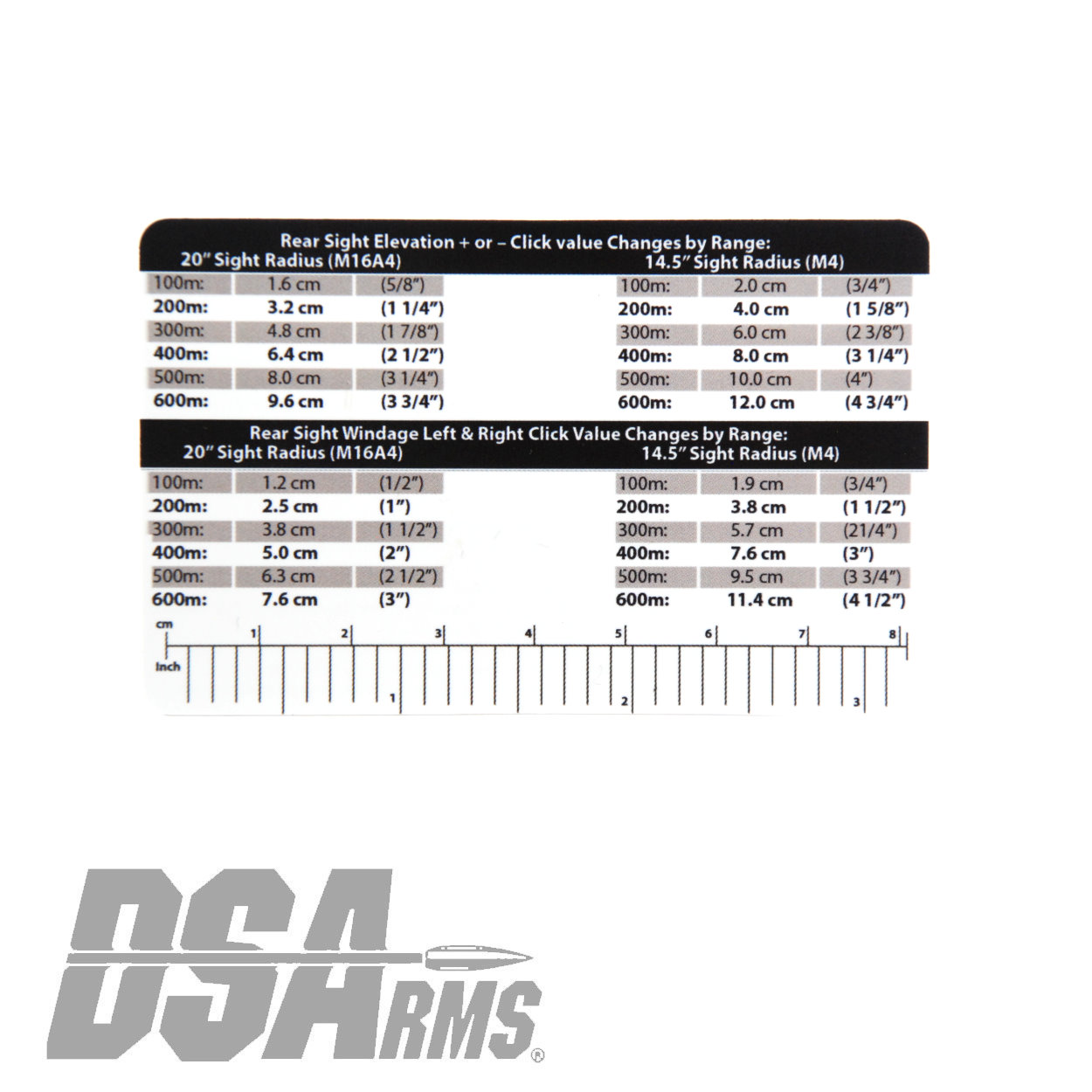
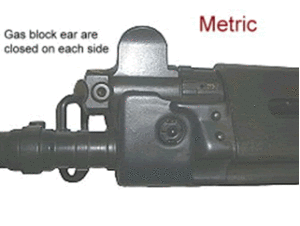
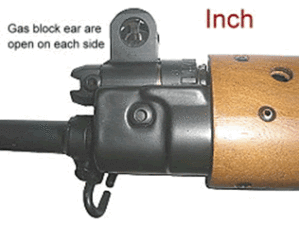
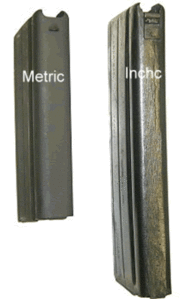
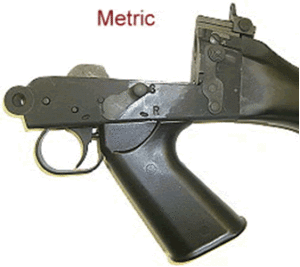
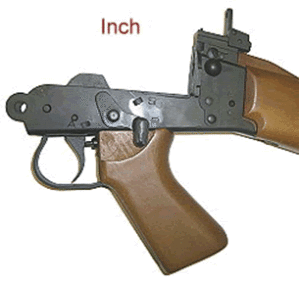
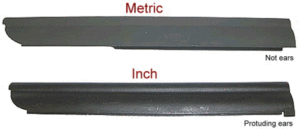
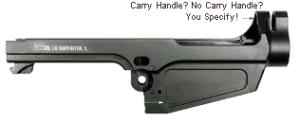
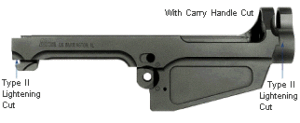
Reviews
There are no reviews yet.